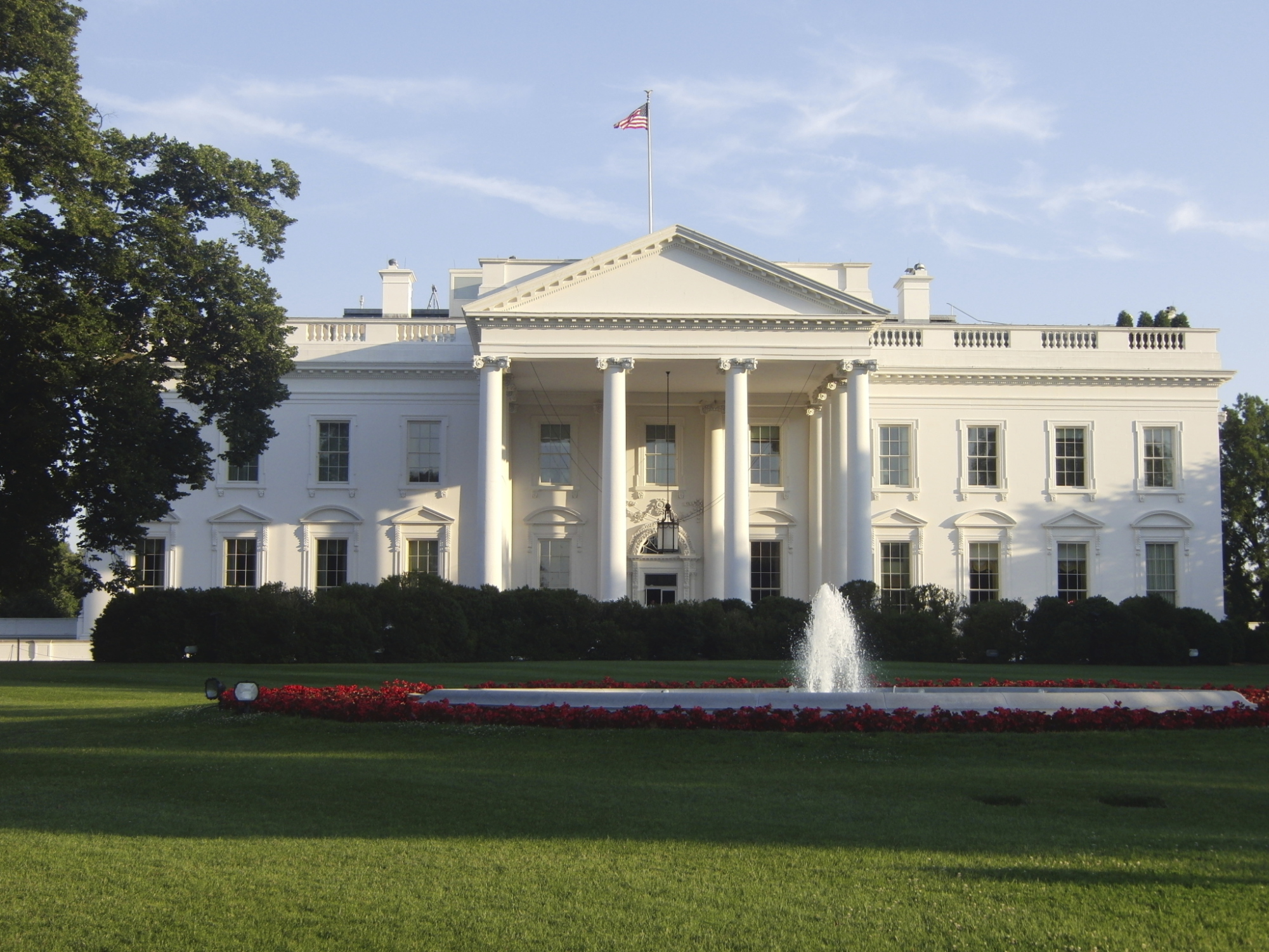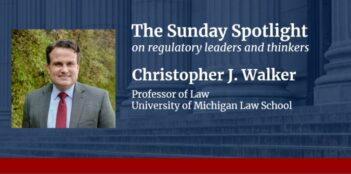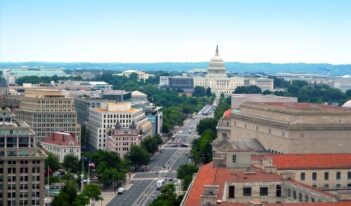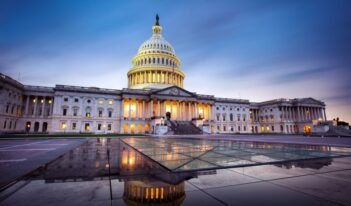
Legal scholar examines how modern political parties help presidents oversee federal agencies.
Despite no mention of them in the Constitution, political parties dominate American political life. Although parties have existed since shortly after the nation’s founding, they have not remained stagnant. In fact, since the late 1970s the Democratic and Republican parties have experienced profound shifts in structure, composition, and motivation. The transformation of political parties into their modern form has had a significant impact on the ability of presidents to supervise administrative agencies, argues Professor Michael A. Livermore of the University of Virginia School of Law in a forthcoming article.
Historically, parties were largely independent local organizations with diverse ideological memberships who were motivated by a desire for political patronage. Today, they are controlled by national committees that develop coherent policy visions and aggressively promote them to the electorate through professionalized campaigns. Parties’ goals today are not political patronage but to enact policy preferences.
Livermore argues that contemporary parties provide a valuable service to presidents who seek to increase their control over administrative agencies. According to Livermore, presidents typically use two strategies to control agencies. One is to centralize agency decision-making authority in the White House so that the president’s staff scrutinizes major agency actions before they are imposed on the public. Another is to use the constitutional appointment power to appoint individuals to key agency positions who presidents can trust to carry out their will.
Yet Livermore points out that White House centralization and use of political appointments are not easy strategies for presidents to perform in practice. As a practical matter, presidents do not have the time or resources to monitor most of the work that happens at agencies. The decisions of agency staff will in effect be final. Therefore, presidents seek to build administrations filled with people who share their preferences. Otherwise, centralization and appointments will not effectively serve presidential oversight.
In Livermore’s view, locating loyal and competent individuals to serve in their administrations is one of the most difficult challenges that incoming presidents face. In this respect, Livermore contends that contemporary parties offer presidents a valuable service. Due to their national, professional, and ideological nature, contemporary parties supply presidents with groups of easily identifiable partisans with particular policy expertise who are committed to a party’s policy positions. These individuals have exposure to a party’s various constituencies and experience balancing their various – and sometimes competing – interests. To Livermore, it is hard to imagine a more useful asset for an incoming president than the committed, well-trained, and loyal pool of possible agency leaders.
But in the process of changing how presidents supervise the federal bureaucracy, contemporary parties affect the normative justifications put forward for presidential influence over agencies. According to Livermore, the idea that presidents have a special relationship with the American electorate as nationally elected figures does not accurately reflect the way that contemporary parties select presidential candidates. Instead of choosing candidates who maximize the number of votes by occupying the political center, today’s parties tend to prefer candidates who represent the party’s narrower ideological interests.
Even if presidents do not accurately represent majority preferences, however, presidential supervisory power over agencies may still be justified, argues Livermore. Presidential power can facilitate responsible party governance by creating a way for policy preferences of the electorally successful party to be implemented. From this view, insulating agencies from presidential influence to separate them from partisan politics would undermine the ability of parties to affect policy by winning elections. Presidential oversight allows the electorate to hold winning parties and elected officials responsible for the actions taken by agencies under their charge.
In short, Livermore views contemporary parties as possessing both benefits and risks for the efficient operation and democratic accountability of the federal administrative state. With the 2016 presidential election and further elections to follow, scholars will have plenty of opportunities to evaluate Livermore’s argument and decide whether today’s parties are boons or busts for presidential – and public – control of agency action.



